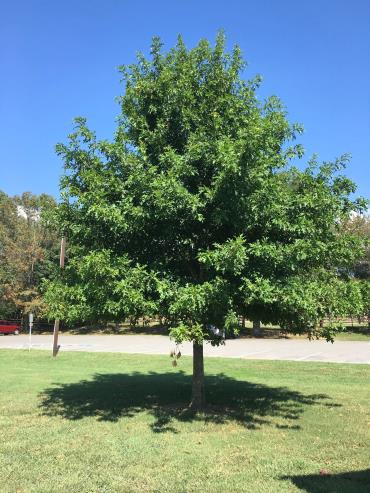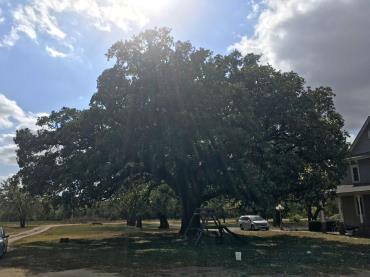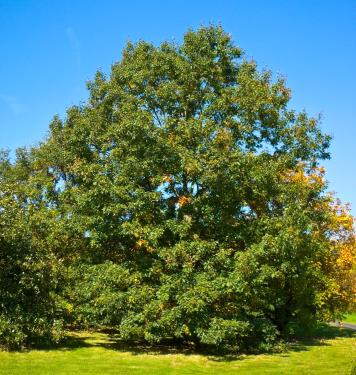Cherrybark Oak
The cherrybark tree has heavy strong wood that makes it an excellent timber tree for furniture and interior finish. This tree is also a pleasant shade tree and is a fast growing oak tree. Many wild animals and birds use the acorns of the cherrybark as food. Within the range of this oak, animals and birds include acorns as a substantial part (10 percent or more) of their diets.




